Vietnam is forecast to be among the top 15 largest economies in Asia by 2025 and the top 20 largest economies in the world by 2030. The Vietnamese business community is changing to not be absent at this turning point.
Vietnam in top 15 largest economies in Asia: Businesses want to seize "once in a lifetime" opportunity
Vietnam is forecast to be among the top 15 largest economies in Asia by 2025 and the top 20 largest economies in the world by 2030. The Vietnamese business community is changing to not be absent at this turning point.
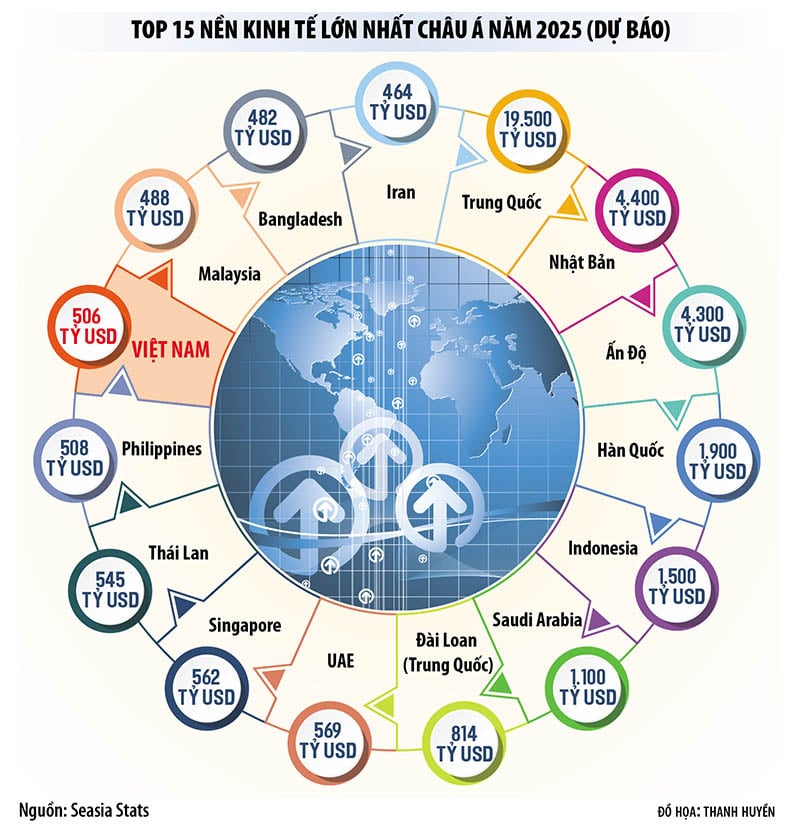 |
Aspiration to bring "eagle nest" to Vietnam
“We will not only build nests to welcome eagles, but also want to move the entire eagle nest to Vietnam,” Mr. Nguyen Canh Tinh, General Director of Vietnam National Shipping Lines (VIMC) shared in a rather special conversation at the end of 2024. Surrounding him are key personnel of VIMC and some colleagues, but in the private economic sector.
Previously, Mr. Tinh mentioned the aspiration to bring the Vietnamese maritime industry to new heights, the ambition to compete directly with Singapore, Malaysia and further, with the decision to join hands with Mediterranean Shipping Company (MSC), the world's largest shipping line, headquartered in Geneva (Switzerland). The strategy is to develop Vietnam's international container fleet and invest in the Can Gio international transit port, with a total investment of more than 5 billion USD.
“MSC has a fleet capacity of over 23 million TEUs/year, accounting for 18% of the total fleet capacity in the world. MSC's service routes are connecting to more than 500 global seaports. By deciding to invest in Can Gio port, they will relocate part of the shipping line's transit operations to Vietnam. That means the "eagle nest" will return to Vietnam, which will attract many eagles to Vietnam. Of course, there is still a lot of work to do, but the path is very clear," Mr. Tinh shared VIMC's strategic plan.
Things would not have been so special if about ten years ago, VIMC - then Vinalines was on the brink of bankruptcy after a glorious journey, the pride of Vietnam before. Mr. Tinh still remembers the first days when starting the restructuring journey, transforming into VIMC 4 years ago, the words posted on the elevator, where all officers and employees had to pass through was "change or die". Divesting capital outside the industry, cutting, dissolving, merging, bankrupting many member enterprises are the solutions that the Company has done, to reduce from 83 to 34 and will continue to shrink. The office used to have 400 people, 31 departments, now has 130 people, 10 departments; is applying a modern management system, with strategic advice from the world's leading experts...
Many things are very difficult, and for state-owned enterprises it is even more difficult due to the mechanism, policies and 30-year history of formation and development, but Mr. Tinh said that everyone is united in doing it not only because of the assigned plan, but also because of the desire to change, revive the enterprise, and be present in the development of the country.
“Right now, the slogan we chose to run in the elevator is connecting the world,” Mr. Tinh said, with undisguised pride.
Mindset in a "once in a thousand years" moment
When sharing the story of VIMC's revival with leaders of several large corporations and private enterprises in Vietnam, Mr. Nguyen Canh Hong, General Director of Eurowindow Joint Stock Company, said that it was not to compare state-owned or private enterprises.
As Chairman of the Red Star Business Club, which gathers outstanding businessmen, selected by the Vietnam Young Entrepreneurs Association over the past 25 years, since 1999, Mr. Hong has a "Red Star Alliance" with many big names, such as Mr. Vu Van Tien, Chairman of the Board of Directors of Geleximco Group; Mr. Tran Ba Duong, Chairman of the Board of Directors of Thaco Group; Mr. Tran Dinh Long, Chairman of Hoa Phat Group; Mr. Nguyen Trung Chinh, Chairman of CMC Group, Mr. Ho Minh Hoang, Chairman of Deo Ca Group... The key strategy of this alliance is to resolve the difficult connection challenges of Vietnamese enterprises. The club is sponsoring many start-up projects, and is the focal point for many investment and business opportunities, especially after a series of meetings and working sessions with localities when the business situation of many enterprises is still very difficult after the pandemic...
But this time, the opportunity is seen with a new mindset, as cooperation between large enterprises in the state sector and the private sector; with the same goal, which is to create Vietnamese value chains, build Vietnamese alliances to go abroad, and compete in the international market.
“We must work together to make a bigger pie, create more benefits, instead of competing with each other in the domestic market, in the existing pie that is facing fierce competition,” Mr. Hong shared.
This is what the business community is saying, instead of the long-standing comparisons between the two domestic business sectors. Thus, plans that require a lot of effort and resources to qualify for participation in major national projects and works that have been and are taking shape, such as Long Thanh airport, the North-South expressway phase II, the high-speed railway project... as well as supporting industry projects, high-tech agriculture... will not only belong to private or state-owned enterprises.
Mr. Nguyen Xuan Phu, Chairman of Sunhouse Group, even affirmed that this is a "once in a lifetime" opportunity for entrepreneurs born in this era.
“I just went to Korea, they want to sell a semiconductor factory for only about 50 million USD, while a new investment would be 150-200 million USD. I also just went to China, visited an Oled screen factory, they are looking for cooperation opportunities with Vietnamese enterprises... This is an opportunity for Vietnamese enterprises to participate in the production chain of goods and services to replace products from China, to receive the shifting capital flow. Taking this opportunity, Vietnamese enterprises will transform,” said Mr. Phu.
The highlights of this “millennium opportunity” are clear, including the dual transformation trend, Vietnam’s geopolitical position, and especially the shifts in global investment flows as the US-China trade war may become more complicated.
The “bigger pie” is envisioned to not only come to large enterprises. Because after the handshakes between Vingroup, FPT, Viettel with NVIDIA in the fields of AI, semiconductors, or the decision to go abroad to research railway-related technology, prepare all resources to meet the criteria for selecting contractors for high-speed railway projects..., small and medium enterprises in the connections all benefit. New business models, based on technology, the Internet, digital platform innovation... all have a place.
“There can be no second chance if we want to contribute to the turning point of the Vietnamese economy. Vietnamese enterprises must change really, at a very fast pace so as not to be left behind,” Mr. Phu believes.
Prosperity comes early
According to Dr. Nguyen Dinh Cung, former Director of the Central Institute for Economic Management, the Vietnamese business community is not only facing great opportunities from capital flows or development trends.
"The huge change in institutional building thinking under the direction of General Secretary To Lam, especially the determination to abandon the mindset of "if you can't manage it, then ban it" in removing institutional bottlenecks and perfecting mechanisms and policies, businesses will have an environment to grow, that's for sure," Mr. Cung affirmed.
 There can be no second chance if we want to be a part of the turning point of Vietnam’s economy. Vietnamese businesses must change really, at a very fast pace to avoid being left behind.
There can be no second chance if we want to be a part of the turning point of Vietnam’s economy. Vietnamese businesses must change really, at a very fast pace to avoid being left behind. 
It must be recalled that 25 years ago, when the Enterprise Law 1999 with the mindset of “enterprises are allowed to do anything that is not prohibited by law” came into effect, the number of newly established enterprises in 2000 was equivalent to the number of enterprises in the previous 10 years. It was this team that created a new development vitality, bringing to the economy a new, dignified and confident posture in the world economic system that Vietnam had just entered.
Many large private economic groups in Vietnam were born at this time.
However, 96% of Vietnamese enterprises are still small and medium-sized. Even the trend of miniaturization, lack of medium-sized enterprises, and the mentality of "fear of growing, not daring to grow" still exists, clearly shown in the slow pace of investment of the private enterprise sector in the past few years. The reason is partly due to the pandemic, but partly due to the congestion and many barriers in the business environment.
“You can imagine that the business environment is like a 5-lane highway. If you close 2-3 lanes and set up many checkpoints, the speed of the vehicles will have to be reduced, and they may have to stop and wait. The risks are incalculable. Now, if we abandon the mindset of banning if we can’t manage it, and instead think of promoting and encouraging development, the roads will be clear, businesses will be able to run at maximum speed, money will be turned into money, and opportunities will soon become wealth and material things...”, Mr. Cung explained.
It is predicted that Vietnam will be among the top 20 largest economies in the world by 2030. According to the International Monetary Fund (IMF), Vietnam's economy will reach a size of 506 billion USD in 2025, ranking 33rd globally. This figure increased from 433 billion USD and 34th place in 2023, significantly higher than 37th place in 2020. However, if converted by purchasing power parity (PPP) to compare economic strength between countries, the IMF forecasts that Vietnam's GDP by PPP in 2024 will be about 1,559 billion USD, ranking 25th out of 192 in the world and could reach about 2,343 billion USD in 2029, officially entering the top 20 largest economies in the world, on par with China, the US, India, Japan, Indonesia, Germany, Russia, Brazil, Turkey, the UK, France, Mexico, Italy, South Korea, Saudi Arabia, Spain, Canada, Egypt and Bangladesh.
This forecast has far exceeded the World 2050 Research Report by PricewaterhouseCoopers (PwC) released in 2017. Accordingly, the time when Vietnam joins the Top 20 is 2050, with a GDP (PPP) of 3,176 billion USD.
In 2015, the Government is aiming for a double-digit growth rate, much higher than the target set by the National Assembly. That is, Vietnam not only wants to reach the finish line early, but also quickly stand on the same level as the largest economies, creating momentum to conquer the next milestones.
This once-in-a-lifetime opportunity is not only for the business community...
Source: https://baodautu.vn/viet-nam-vao-top-15-nen-kinh-te-lon-chau-a-doanh-nghiep-muon-nam-co-hoi-ngan-nam-co-mot-d237281.html


![[Photo] National Assembly Chairman Tran Thanh Man attends the summary of the organization of the Conference of the Executive Committee of the Francophone Parliamentary Union](https://vstatic.vietnam.vn/vietnam/resource/IMAGE/2025/4/15/fe022fef73d0431ab6cfc1570af598ac)
![[Photo] Welcoming ceremony for Prime Minister of the Federal Democratic Republic of Ethiopia Abiy Ahmed Ali and his wife](https://vstatic.vietnam.vn/vietnam/resource/IMAGE/2025/4/15/77c08dcbe52c42e2ac01c322fe86e78b)
![[Photo] General Secretary To Lam meets with veteran revolutionary cadres, meritorious people, and exemplary policy families](https://vstatic.vietnam.vn/vietnam/resource/IMAGE/2025/4/15/7363ba75eb3c4a9e8241b65163176f63)
![[Photo] Ho Chi Minh City after 50 years of national reunification through buildings and symbols](https://vstatic.vietnam.vn/vietnam/resource/IMAGE/2025/4/15/a224d0b8e489457f889bdb1eee7fa7b4)

![[Photo] Air Force actively practices for the April 30th celebration](https://vstatic.vietnam.vn/vietnam/resource/IMAGE/2025/4/15/16fdec3e42734691954b853c00a7ce01)


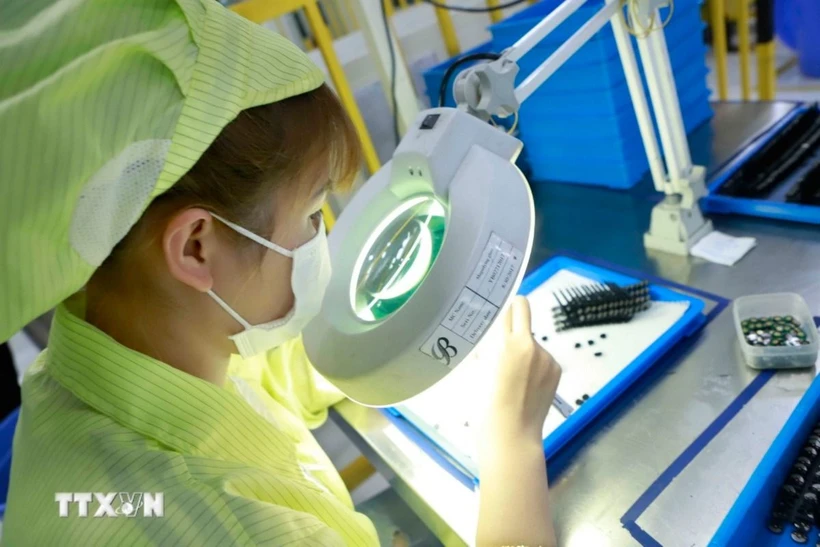

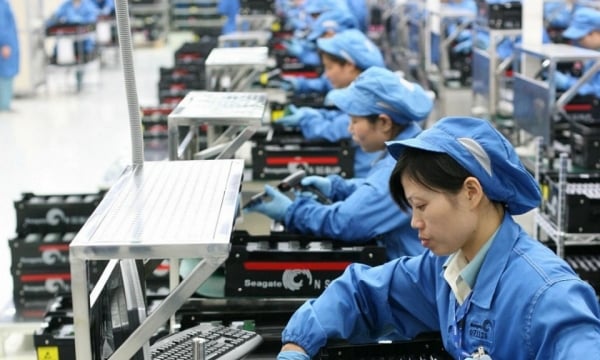

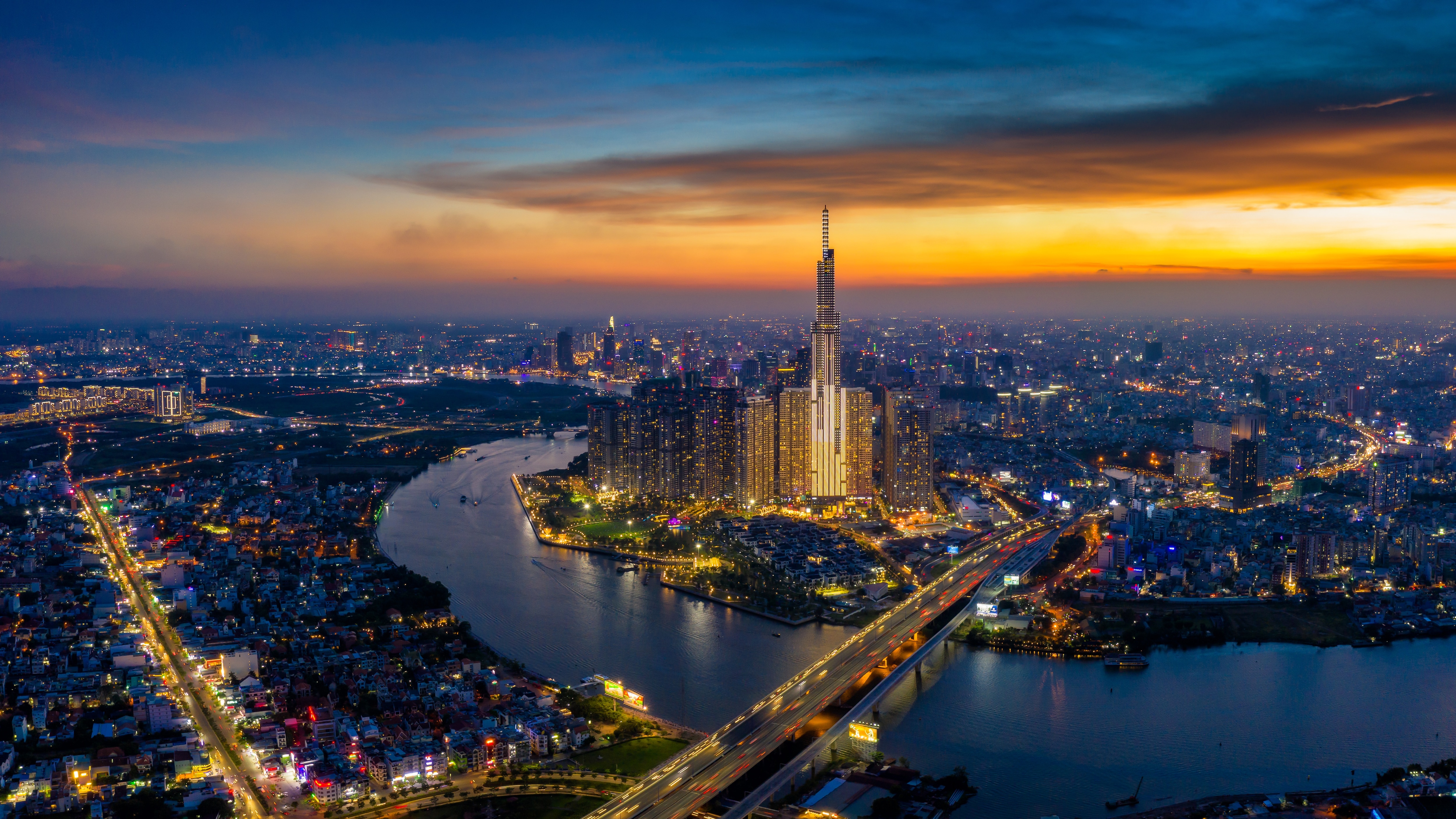
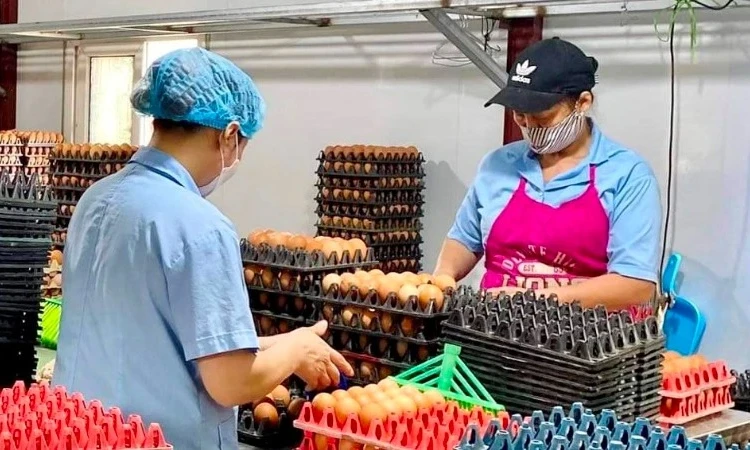
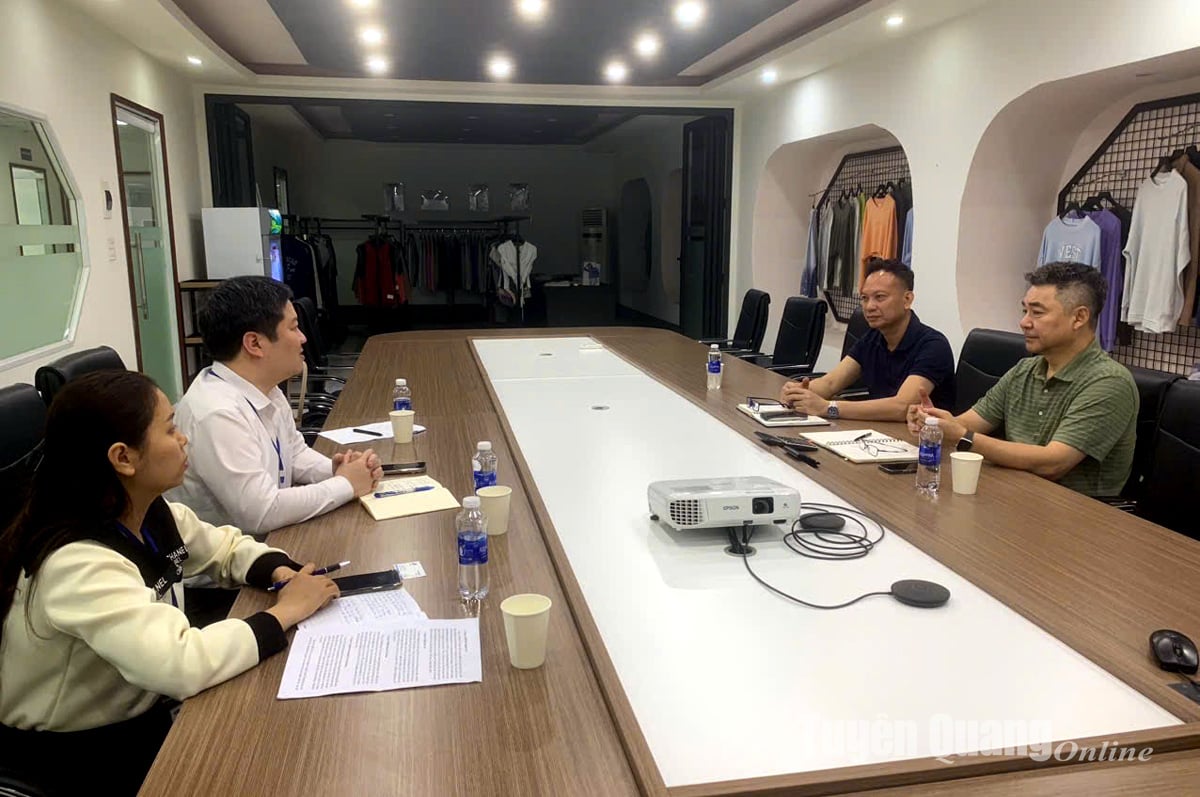

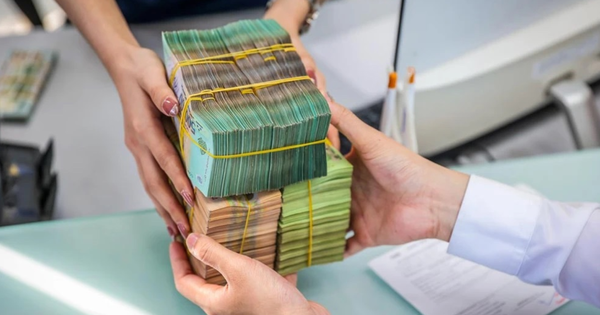
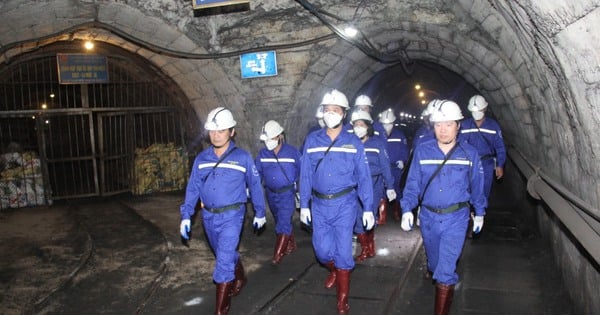


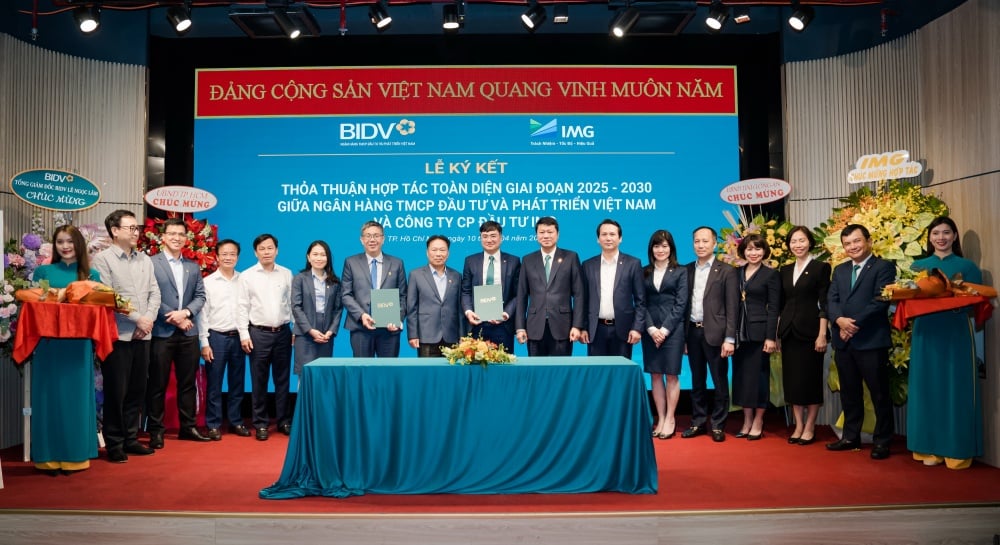
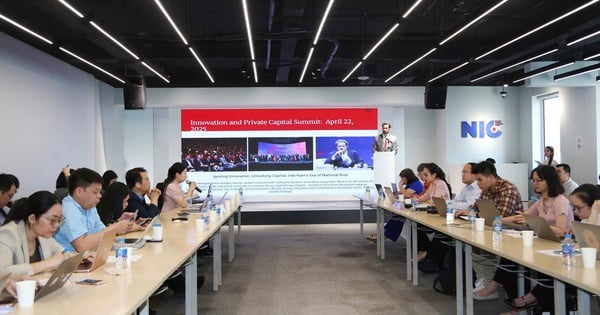


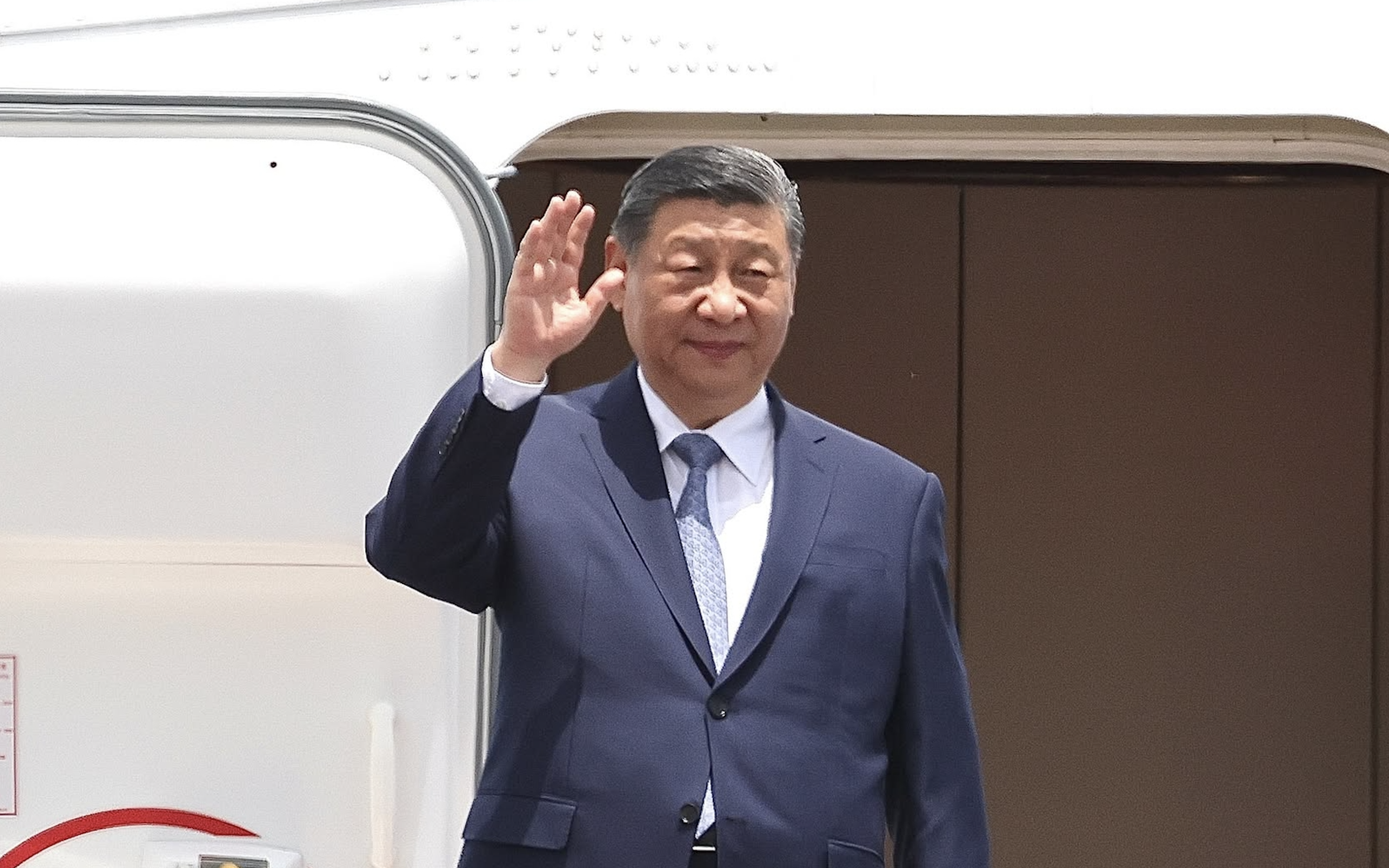




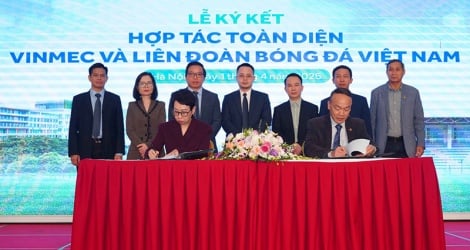










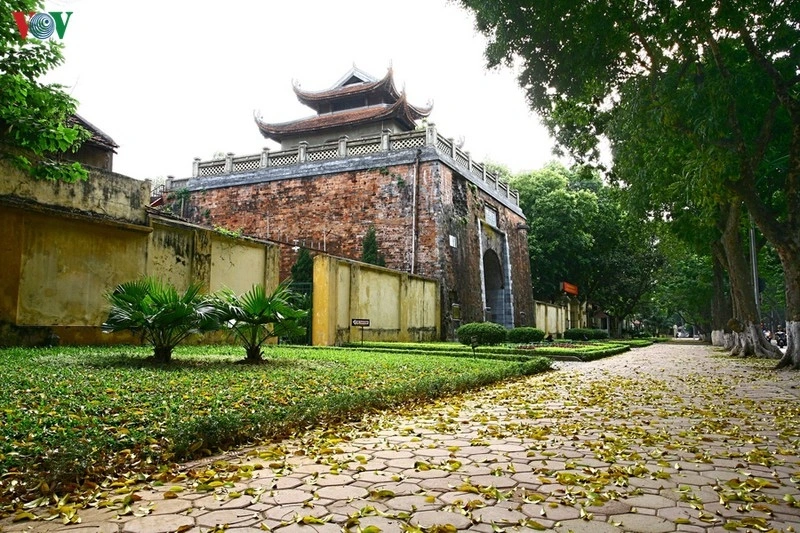






















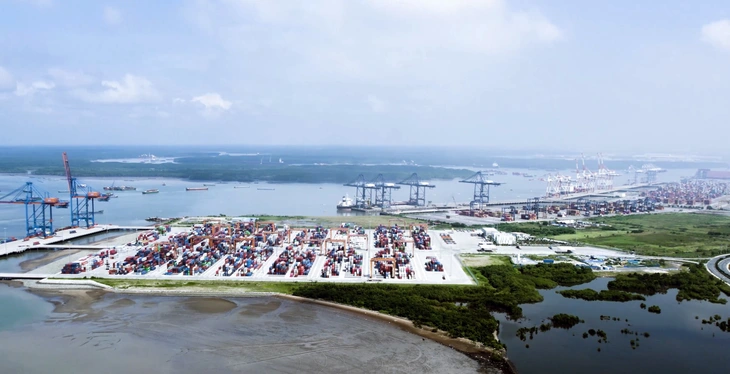








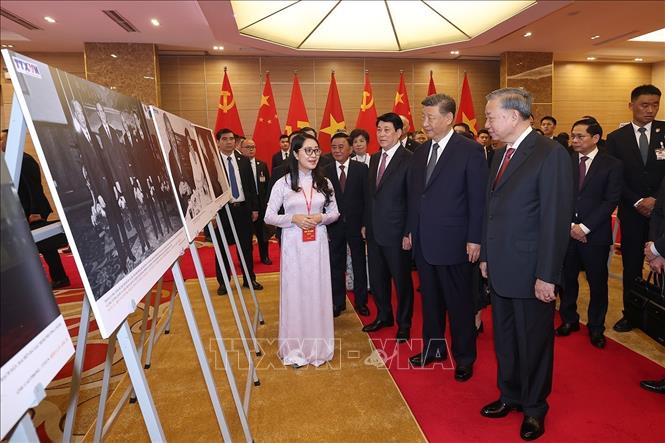



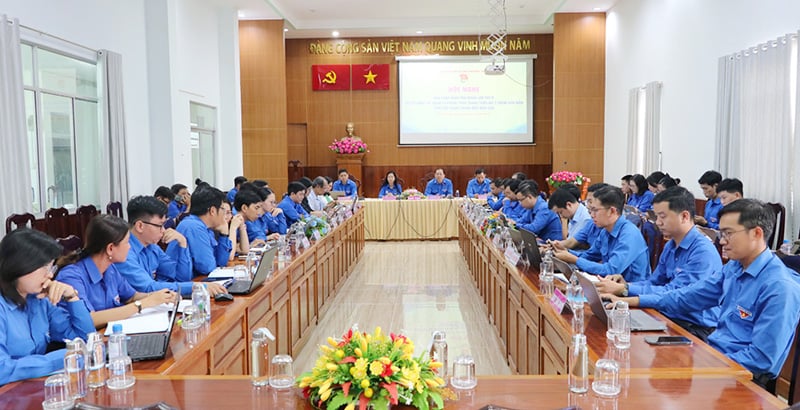



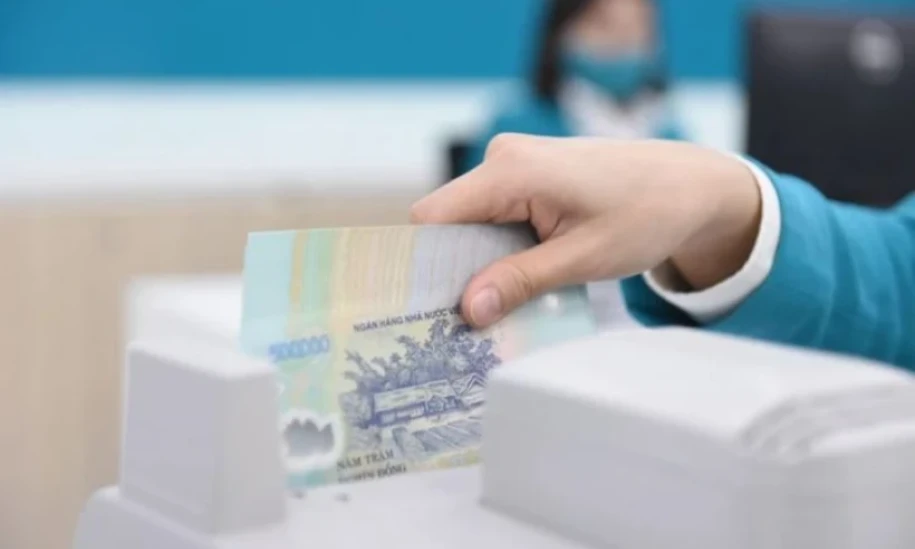


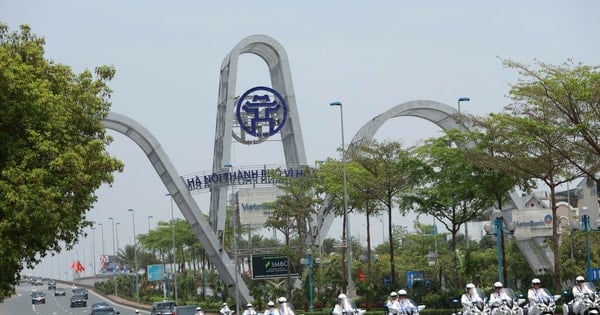




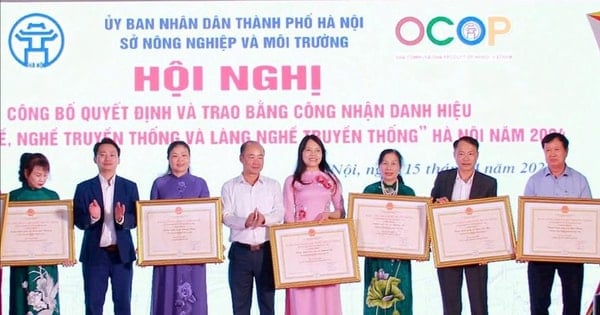
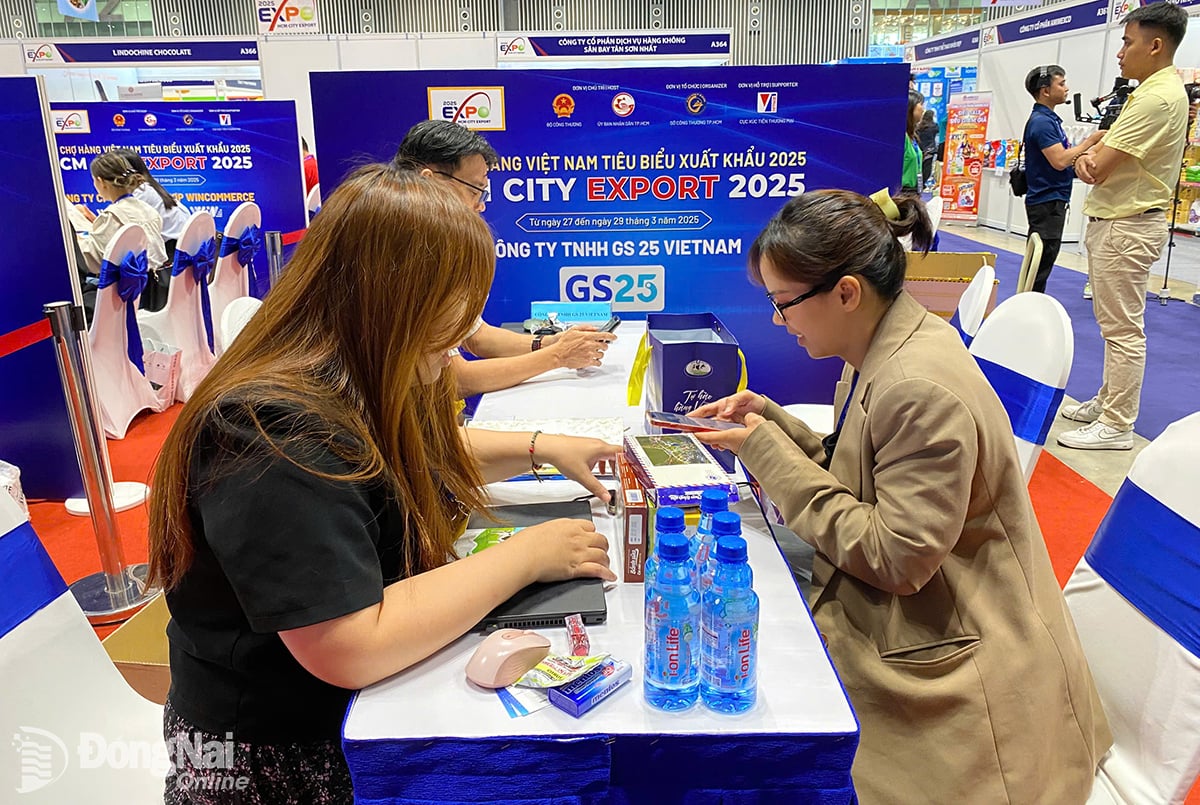

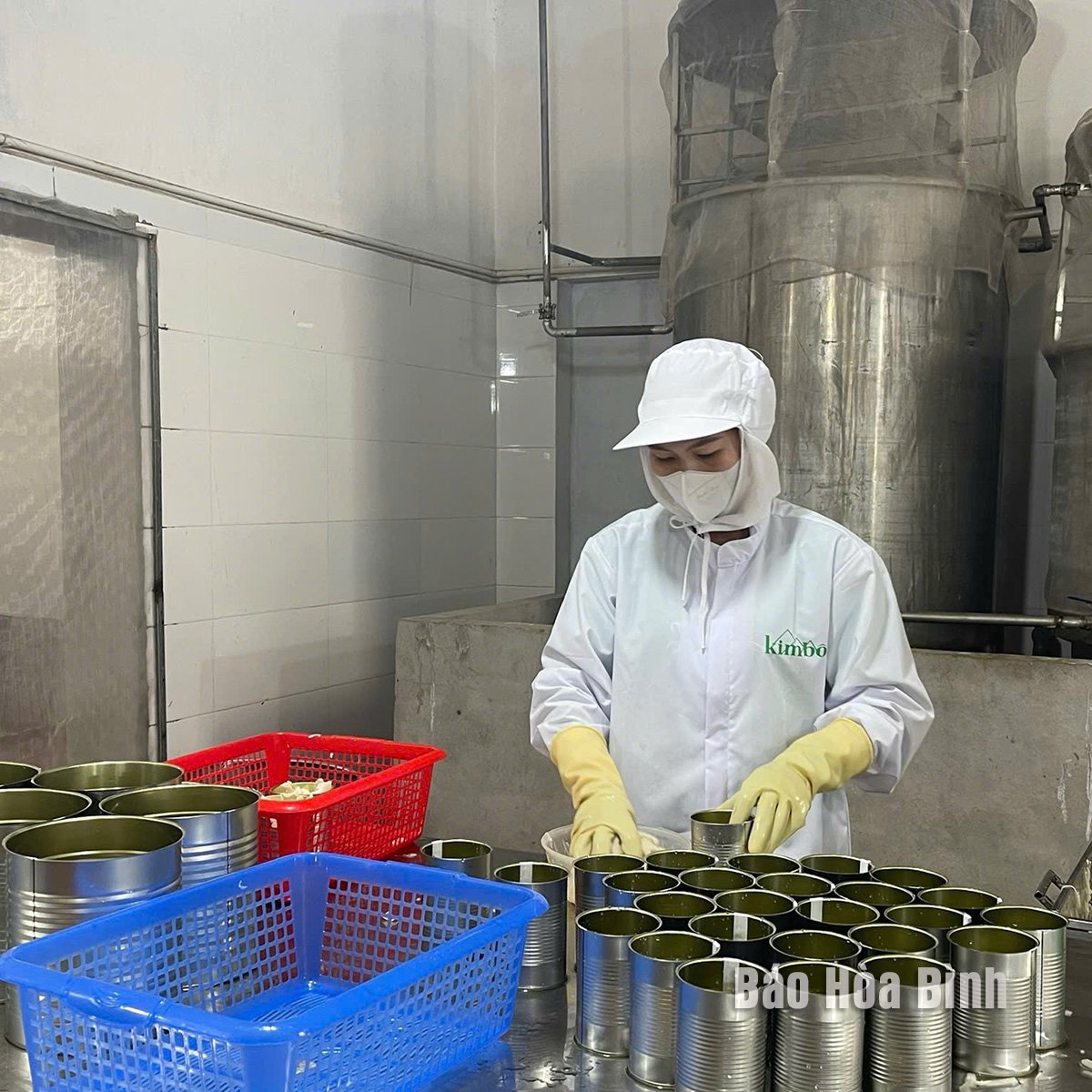
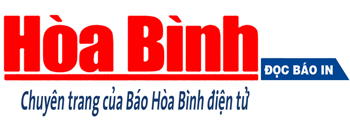
Comment (0)